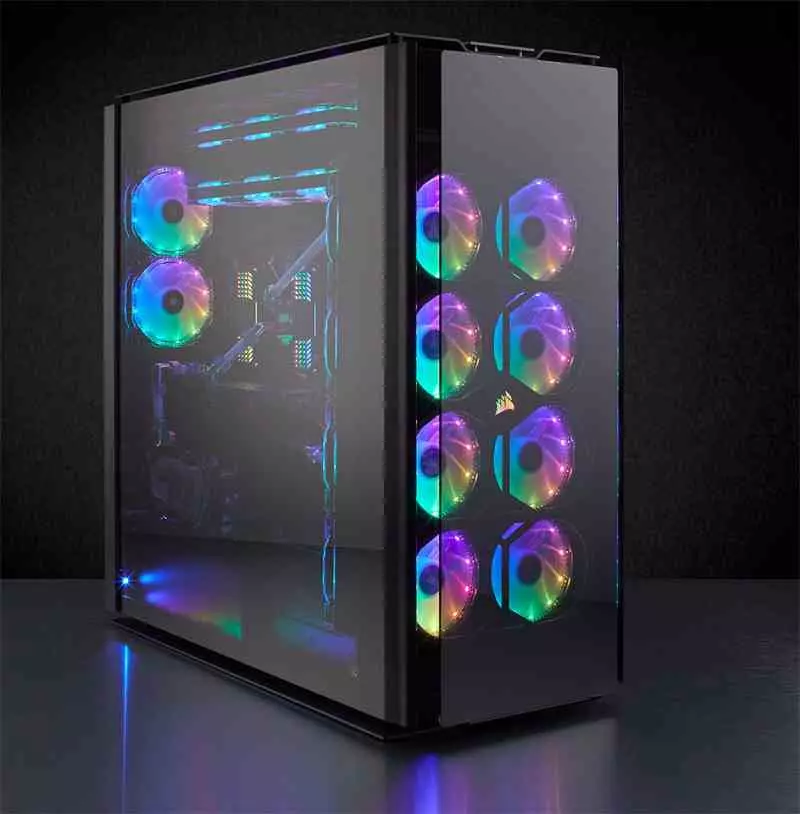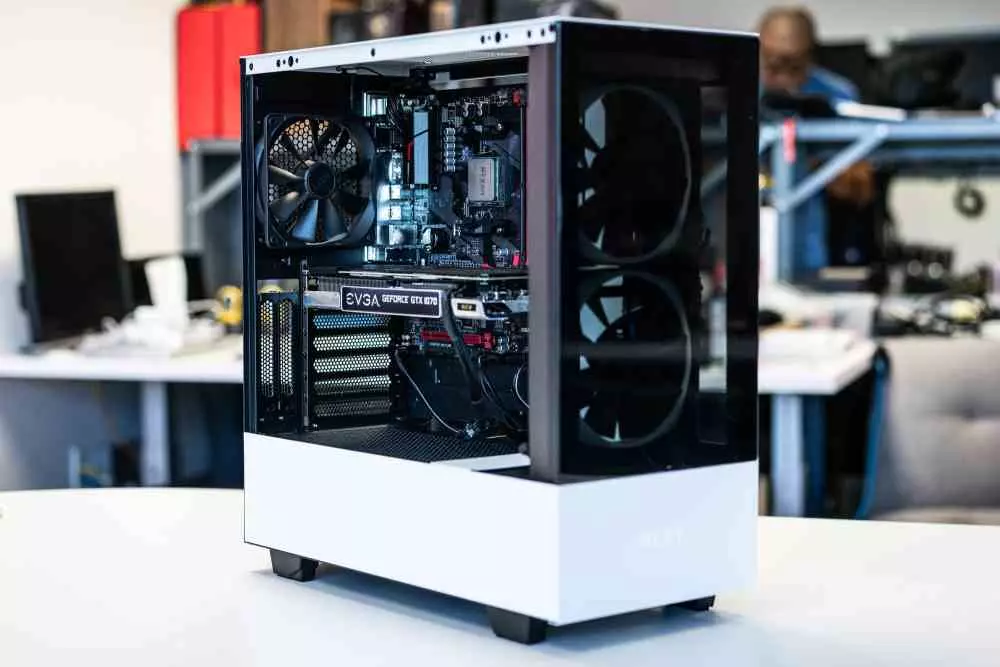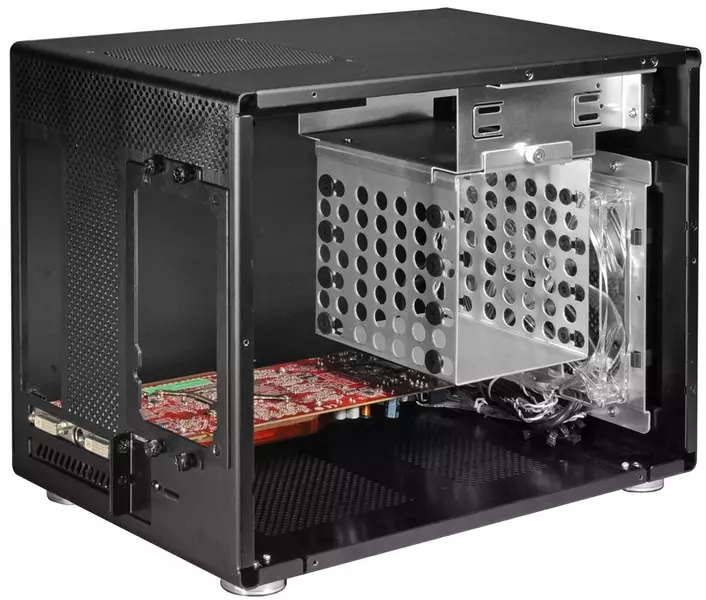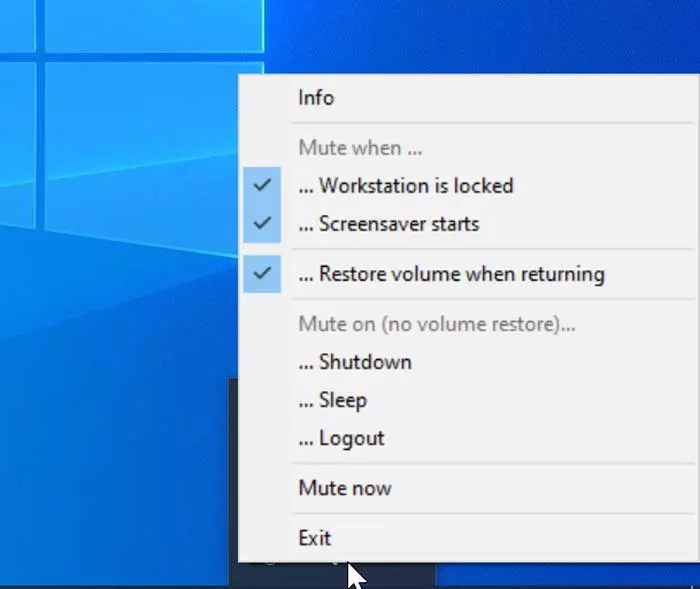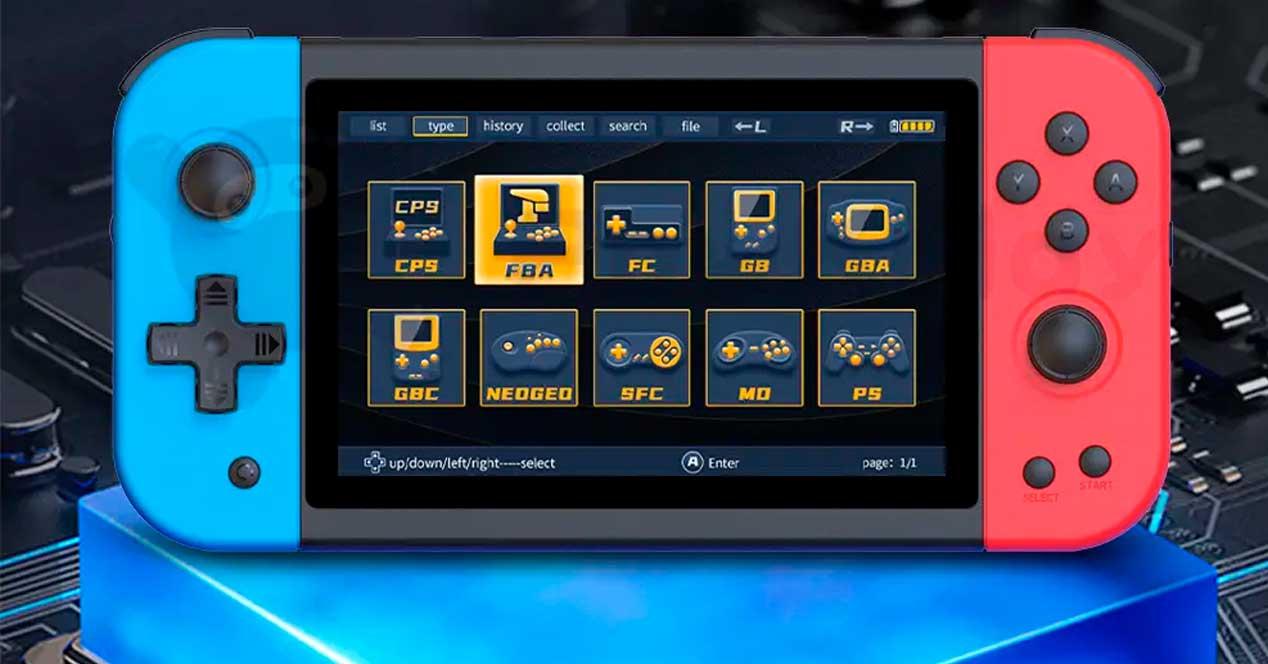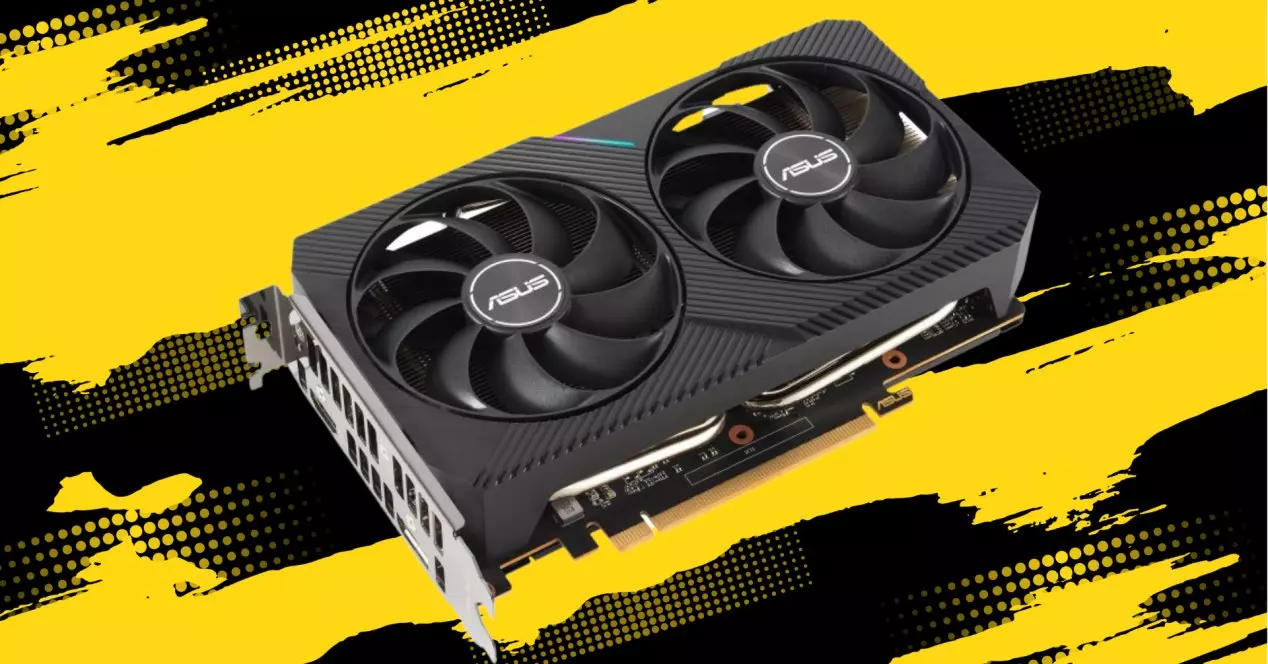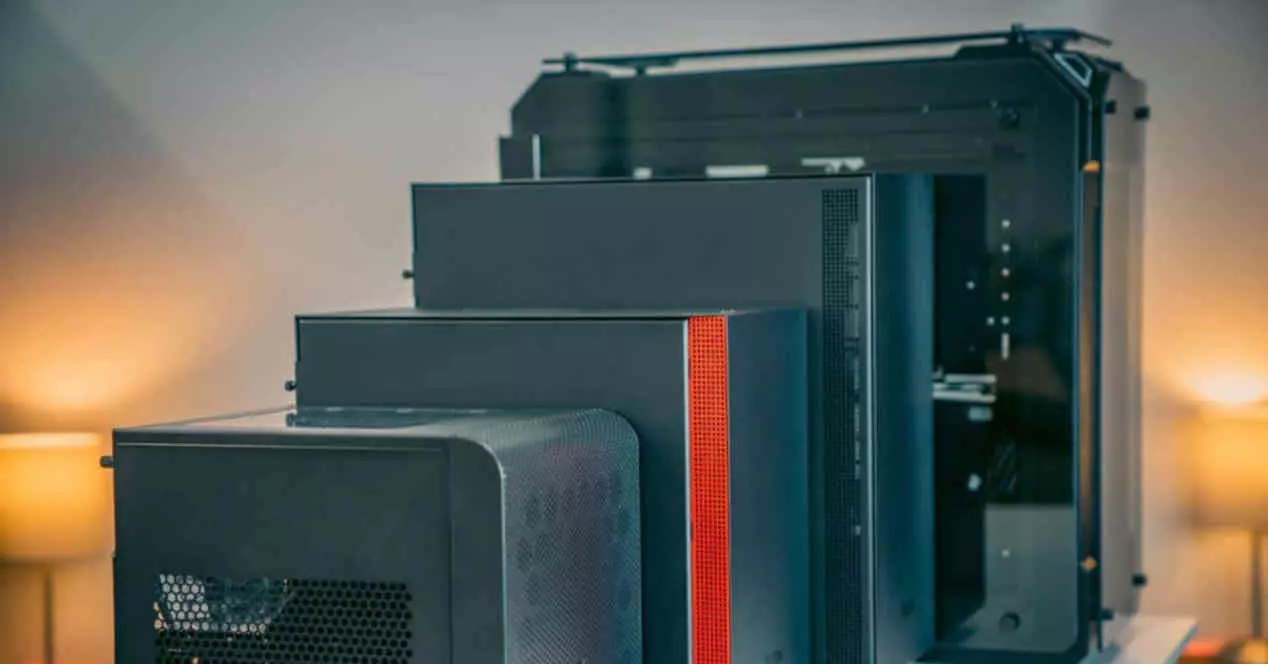
Depending on the configuration we want to mount and the space we have, we can choose one type of box or another. So we have classified them not only by the type of motherboard that can be mounted on it, but by the size of the case. The reason for this is that a small PC to connect under the TV to a server in a small company is not the same.
PC cases are designed to house different types of motherboards and their sizes are taken into account, with the largest of these being the E-ATX type and the smallest being the mini-ITX the smallest of all. Although there are other formats not specified in the image such as DTX and mini-DTX. So it is possible to place a Mini-ITX board in an E-ATX box, but not do the opposite process.
PC cases in super tower format
These are the boxes that serve to accommodate E-ATX format motherboards, which are larger than conventional ATX, since they were initially intended to house server CPUs, as well as their corresponding motherboards. They are, therefore, the largest type of PC case that exists due to the hardware that they usually have inside.
The main use of this type of box is in the construction of SOHO-type servers (Small Office Home Office) and, therefore, as servers in offices or workstations that host an EPYC or Threadripper in the case of AMD or a Xeon if we talk about Intel processors. So unless you opt for that type of CPU and its corresponding motherboards will be much more than you need.
As a final note, these types of boxes are usually seen in the gaming market, but designed to house ATX motherboards, the most common. The advantage of using large boxes? Being able to install liquid cooling systems without space problems or long graphics cards like the NVIDIA RTX 3090.
Mid-tower format, the most common
They are the most common today, in fact 98% of the desktop computers created by users in the world make use of this PC box format. The reason why I ended up replacing ATX towers in popularity comes from the integration of the components and is that at the end of the 90’s when the Micro-ATX boxes appeared we used to see several expansion cards in a PC apart from the graphics card.
In those years we also used to see a sound card, a modem or a network card, but with the passage of time these components were integrated into the motherboard, causing that it was not necessary to have so many expansion ports occupied. So the plates Micro-ATX Despite having fewer expansion ports than ATX, they became good enough and this allowed the PC towers to be reduced in height, although not in width.
PC cases in microtower format
These are boxes that have been designed to occupy the least possible physical space, however, with minimal expansion capabilities that allow us to install a gaming graphics card inside, however much more limited than other types of towers. Although given its small size, the cooling and energy consumption is not the same as that of a high-end gaming PC or a workstation. For this reason, components designed for this type of equipment are usually installed, which are smaller in size and lower consumption.
Microtower according to base plate
This type of box is used to create extremely compact computers, the perfect example being the HTPC connected under a television. Regarding the different types of PC cases in microtower format we have the following:
- Mini-ITX: the smallest and most popular of all, it can accommodate motherboards measuring 17 x 17 cm in size, making them much narrower than ATX, Micro-ATX and DTX. Because they have less depth, it is necessary to buy shorter graphics card models, since they are the only expansion card that is usually used.
- DTX: The DTX format is not well known, it is a variant of the ATX that is even less tall than the Micro-ATX, but that preserves the length, so unlike the Mini-ITX this one could house large GPUs . The other difference is that it contains an additional expansion slot.
- Mini-DTX: Halfway between the previous two, it is intended for motherboards with two PCIe ports such as the DTX, however, its length is that of a Mini-ITX.
Now, it is not normal to see DTX boxes, the reason is that you can place them in a Micro-ATX box and take advantage of the space gained for better cooling. In any case, since it is not a very popular format, towers appear in this format from figs to figs. Instead, we can find that many Mini-ITX boxes are designed to house Mini-DTX boards.
